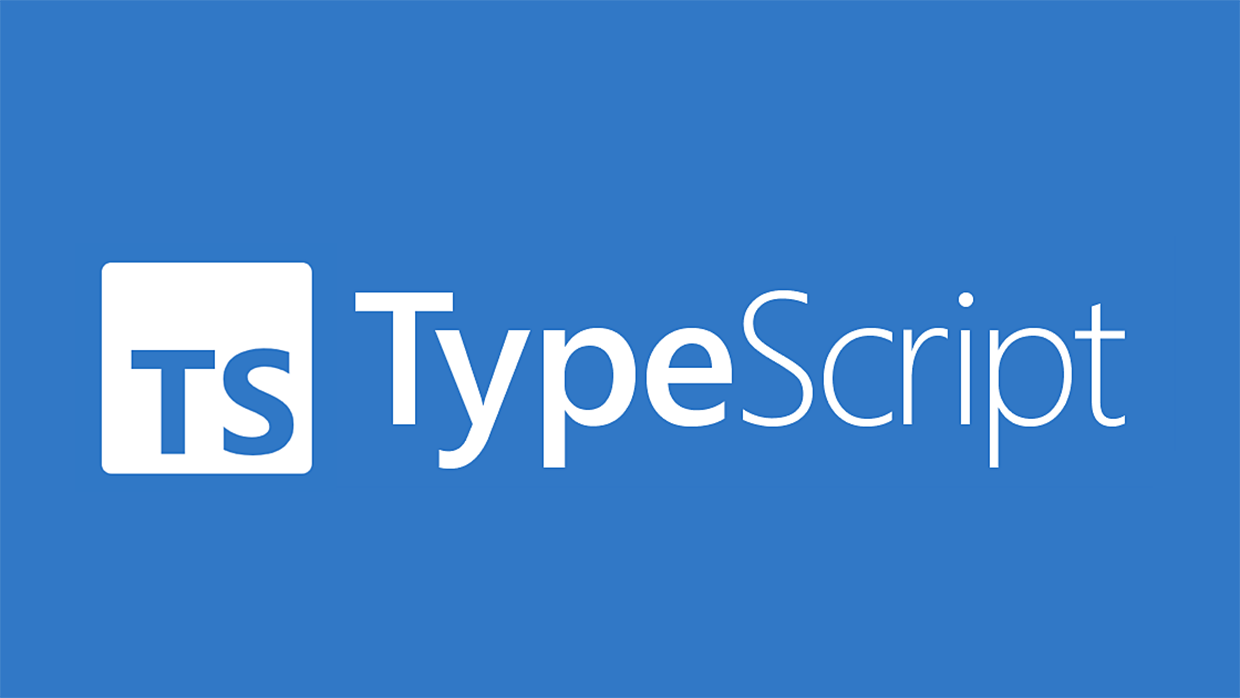TypeScript: What Is It?
If you’ve been working with JavaScript, you’ve probably heard of TypeScript. But what is it exactly, and why is it gaining so much popularity among developers? In simple terms, it is a superset of JavaScript that brings additional features to make coding easier, more structured, and less prone to errors. With this language, you can build large-scale applications more efficiently, reducing the likelihood of bugs and making your code more maintainable.
One of the biggest advantages of TS is its static typing, which helps catch mistakes early in the development process. It also comes with powerful developer tools, including inline documentation and real-time code checking, making it easier to debug and optimize your applications as you write them.

How Does It work
TypeScript is essentially JavaScript with extra capabilities. While JavaScript was originally designed to add small interactive features to web pages, it has evolved into a language used for full-scale web applications. However, because JavaScript is highly flexible and forgiving, it’s also easy to introduce errors that can be difficult to track down. That’s where TypeScript comes in. It provides a way to enforce structure in your code, reducing common pitfalls that developers often encounter.
TypeScript is a statically typed language, meaning you define variable types in advance. This prevents type-related errors and makes debugging much easier. However, since browsers don’t understand it natively, it must be compiled into JavaScript before running. This process, known as transpiling, ensures that it can work seamlessly with any JavaScript-based environment, including Node.js and modern frontend frameworks.
Why Developers Prefer TypeScript
One of the main reasons developers love TypeScript is its ability to catch errors before the code even runs. Imagine you’re building a web form that calculates prices. If you accidentally treat a numeric value as a string, JavaScript will concatenate instead of adding, leading to incorrect results. With TS, these errors are flagged before execution, saving time and preventing potential issues in production.
Another key benefit of TypeScript is its support for type inference. Even if you don’t explicitly declare a type, TypeScript can often determine it for you based on how the variable is used. This strikes a balance between JavaScript’s flexibility and TypeScript’s structure, making it an excellent choice for developers transitioning from JavaScript.
Building more maintainable code with TypeScript
For larger projects, maintaining clean and organized code is crucial. TypeScript enhances JavaScript’s object-oriented programming features, allowing developers to define custom types, classes, and interfaces. These features ensure that data structures remain consistent throughout an application, reducing the risk of unexpected behavior.
Enums are another powerful feature in TS. Instead of using arbitrary numbers or strings for specific values (like order statuses or user roles), enums let you define meaningful labels, making the code easier to read and understand. This small change improves the overall clarity of your project, especially when working with a team.
Getting started with TypeScript
To start using it, you need to install the TypeScript compiler. This can be done easily via npm with the following command:
npm install -g typescript
Once installed, you can compile TypeScript files into JavaScript using:
tsc index.ts
This command converts your TypeScript code into a JavaScript file that can run in any standard browser or JavaScript environment.
TypeScript for frontend and backend development
TypeScript isn’t just for frontend development—it’s widely used for backend applications as well. Popular frontend frameworks like React and Angular fully support TypeScript, allowing developers to create scalable and maintainable applications. React benefits from TypeScript’s type-checking capabilities, while Angular is built entirely with TypeScript, making it a natural choice for Angular projects.
On the backend, it works seamlessly with Node.js and various frameworks like NestJS and Fastify. It’s also commonly used in GraphQL implementations, ensuring that data structures remain consistent across the entire application, from the database to the frontend.
Where to start learning TypeScript
If you’re new to this language, the best way to learn is by applying it to your existing JavaScript projects. You don’t have to rewrite everything at once – TS is backward compatible with JavaScript, allowing you to gradually introduce it into your workflow.
The TypeScript Handbook is an excellent resource for learning the language, providing detailed explanations and practical examples. Additionally, online tutorials and interactive tools like the TypeScript Playground let you experiment with TypeScript code directly in your browser.
Final Thoughts
TypeScript has become an essential tool for modern web development, offering a more structured approach to building applications. By adding static types and other powerful features, TypeScript makes it easier to catch errors early, write cleaner code, and maintain large projects. Whether you’re working on a frontend application with React or Angular, or developing a robust backend with Node.js, it can help streamline your workflow and improve the quality of your code.
If you haven’t tried it yet, now is the perfect time to start. Give it a go, and you’ll quickly see why so many developers prefer it over plain JavaScript!
Awards
Top 5 IT Company in the region by "Clutch" And "The Manifest"

Their full commitment to delivering the product on time was remarkable. We also appreciate the way they advised us beyond the technical part. We felt very accompanied through the whole proccess and the final outcome was incredible."
Diego Fernandez - Head of Marketing at GREENPEACE




